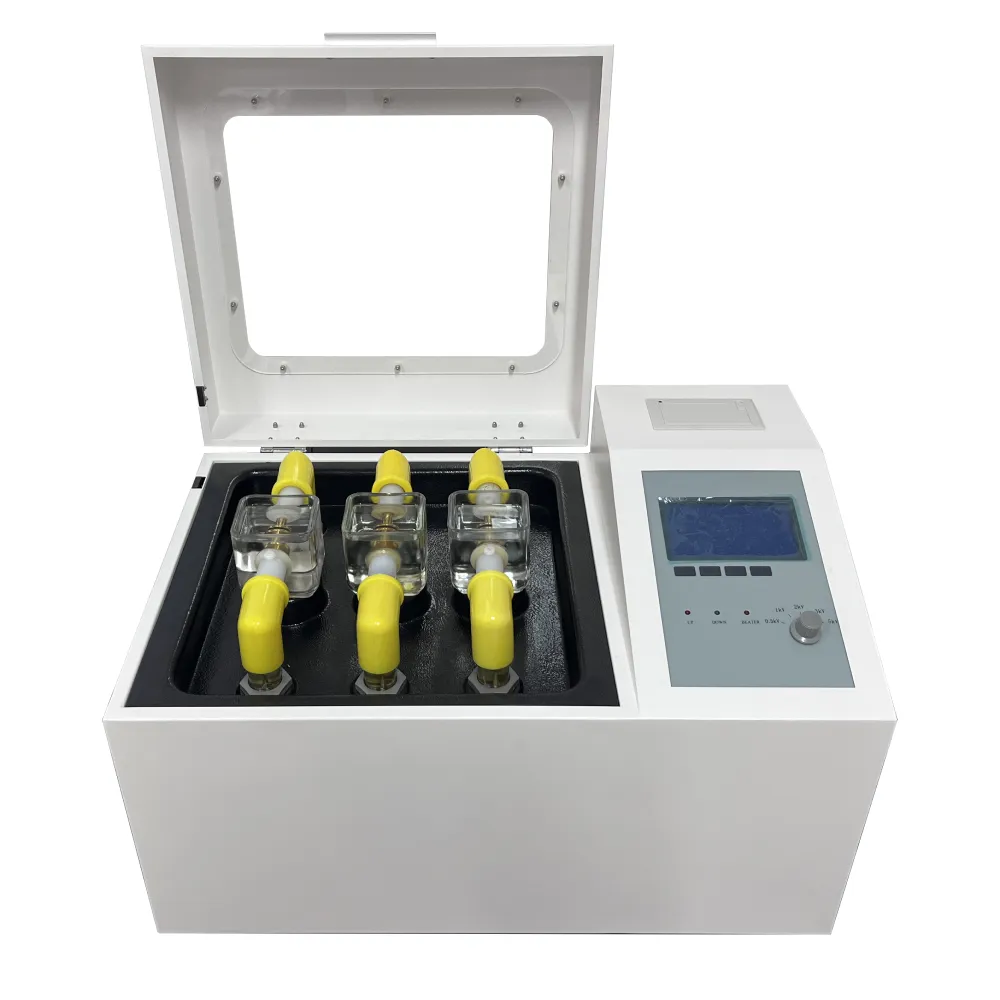 English
English


continuity and insulation test
Understanding Continuity and Insulation Tests Ensuring Electrical Safety
In the realm of electrical installations and maintenance, ensuring safety and functionality is paramount. Two critical tests that play a significant role in this endeavor are continuity tests and insulation tests. These tests are fundamental in identifying potential risks in electrical systems, ensuring that they function optimally and safely. This article delves into these tests, their purposes, methodologies, and the importance of adhering to safety standards.
What is a Continuity Test?
A continuity test is designed to verify that an electrical circuit is complete and provides a low-resistance path for electric current. Essentially, it checks whether the current can flow through a circuit without interruption. This test is commonly used to ensure that wiring connections are intact, which is crucial for the reliable operation of electrical devices and systems.
To perform a continuity test, a multimeter or continuity tester is typically employed. The device sends a small current through the circuit. If the circuit is continuous, the tester will either beep or display a reading indicating resistance, usually close to zero ohms. On the contrary, if the circuit is open—meaning there is a break in the wiring—no current will flow, and the tester will indicate infinite resistance.
Continuity tests are particularly important during the installation of new wiring or after repairs have been made. They help ensure that all connections are secure and functioning, thereby minimizing the risk of electrical faults that could lead to equipment failure or safety hazards.
What is an Insulation Test?
While continuity tests check the connectivity of electrical circuits, insulation tests evaluate the integrity of the insulation surrounding electrical conductors
. The primary objective of insulation testing is to ensure that insulation is intact, preventing current leakage that can cause short circuits or electric shock.continuity and insulation test

Insulation tests typically involve applying a high voltage (usually in the range of 250V to 1000V) across conductors and measuring the resistance of the insulation material. The resistance value should be high, typically in the megohm range. Low insulation resistance readings indicate potential issues, such as insulation breakdown or moisture ingress, which can compromise safety and performance.
Insulation testing is crucial for both new installations and regular maintenance checks. Over time, insulation can degrade due to factors like heat, moisture, and chemical exposure. Regular insulation testing can help identify problems before they result in significant failures or hazards.
The Importance of Regular Testing
The significance of conducting continuity and insulation tests cannot be overstated. Regular testing is essential for maintaining electrical safety, ensuring compliance with regulations, and extending the lifespan of electrical systems. Failure to identify issues through these tests can lead to severe consequences, including electrical fires, equipment damage, and severe injuries.
Moreover, for facilities and organizations that operate electrical equipment, conducting these tests is often mandated by safety standards and regulations. Compliance not only protects employees and assets but also mitigates liability risks associated with electrical accidents.
Conclusion
In conclusion, continuity and insulation tests are vital components of electrical safety and maintenance. They provide invaluable insights into the condition of electrical circuits and insulation, helping to prevent faults and ensure safe operation. Regular and thorough testing should form an integral part of any electrical maintenance program, allowing for early detection of issues and promoting a culture of safety in the workplace. By prioritizing electrical safety through these tests, companies and individuals alike can safeguard their assets and well-being against potential electrical hazards.
-
Differences between open cup flash point tester and closed cup flash point testerNewsOct.31,2024
-
The Reliable Load Tap ChangerNewsOct.23,2024
-
The Essential Guide to Hipot TestersNewsOct.23,2024
-
The Digital Insulation TesterNewsOct.23,2024
-
The Best Earth Loop Impedance Tester for SaleNewsOct.23,2024
-
Tan Delta Tester--The Essential Tool for Electrical Insulation TestingNewsOct.23,2024





